Piggy’s prevaricating protégé
Australians who like to poke fun at quaint, idiosyncratic New Zealand have, for once, got all the justification in the world. If they want relief from the toxic cesspool that passes for Australian politics, or reassurance that things can be just as contrary and irrational elsewhere, they need only look at what’s been happening for the past few weeks on the other side of the Ditch.
Since Kiwis went to the polls on September 23, the country has been in a political hiatus. Bill English’s centre-right National party won 56 seats – 10 more than the opposition Labour party, but not enough for a working majority in a 120-seat Parliament where eight Green MPs can be expected to side with Labour.
The inconclusive result delivered the balance of power to the New Zealand First party, whose nine seats could enable either National or Labour to form a government. In the weeks since the election, both major parties have desperately courted New Zealand First – or more precisely its cranky and capricious leader, Winston Peters – for its support.
It was arguably the worst possible outcome for democracy, since it meant that a party which won only 7 per cent of the vote (and lost two of the seats it had held in the previous parliament, which surely said something about its popularity) effectively determines the new government. Peters couldn’t even hold onto his own seat, instead winning re-election on the party ‘list’ which is a central feature of the mixed-member proportional (MMP) electoral system adopted by New Zealand in 1993. Not one New Zealand First MP represents an electorate, so none are directly accountable to any constituents.
In any half-rational democratic system, National and Labour (which between them won 81 per cent of the vote and all but one of the 71 electorate seats) would dictate the terms of coalition negotiations and perhaps humour Peters with a few policy concessions. Yet Peters has behaved as if the country handed New Zealand First a broad mandate to dictate the policy agenda of the new government.
Tragically, he has been encouraged in this delusion by National and Labour, which have been pathetically careful not to antagonise him, and by the 24/7 attention of the media, which hang on Peters’ every word and treat him as one might treat a curmudgeonly but affectionately regarded uncle. (He’s the only New Zealand politician who’s routinely referred to in the media by his Christian name). All this helps disguise the fact that what has been happening in Wellington makes a mockery of democracy.
At the time of writing no one knows what was on the table in negotiations between Peters and the major parties, since the talks took place in an atmosphere of almost obsessive secrecy. Parliamentary security officials even went to the point of ensuring that waiting reporters couldn’t get a clear view of the National and Labour teams as they went to and from meetings. So much for transparency and open government.
But it’s not hard to make an informed guess about New Zealand First’s likely wish list. Peters served his political apprenticeship under the autocratic prime minister Robert Muldoon in the late 1970s and early 80s, and remains an unreconstructed Muldoonist. Given the chance, he would probably turn the clock back on free trade, open markets, foreign investment, monetary policy and immigration, all of which would be highly problematic – although to differing degrees – for both National and Labour.
Much of the commentary since September 23 has focused on the time taken to form a new government, but that’s the least disturbing aspect of the post-election antics.
Proceedings gradually progressed from mere political circus, which is what New Zealanders have come to expect whenever Peters is involved, to high farce. First he haughtily refused all contact with the leaders of the major parties until special votes had been counted, although these were unlikely to make a substantive difference to the election outcome (and didn’t). Then he reneged on his commitment to wrap negotiations up and make an announcement by October 12, while denying with typical bluster that he had set a deadline in the first place.
This was par for the course from Peters, who is acknowledged as a master prevaricator. Experienced political journalists couldn’t agree on whether he was making the most of his moment in the political spotlight or playing for time because he was out of his depth. Given that he has never been noted for his work rate or attention to detail, the latter explanation couldn’t be ruled out.
But the high farce came when Peters further delayed an announcement on the outcome of coalition negotiations on the pretext that the matter first had to be debated by his party’s board. Prior to this, hardly anyone knew that New Zealand First had a board – still less who was on it, or that, if Peters was to be believed, the board would have a decisive say on the formation of the next government.
At this point, the demeaning of New Zealand democracy went further than even political cynics had foreseen. It wasn’t just a case of a rag-tag caucus from a party with 7 per cent support deciding who would govern the country, and on what terms; it was the board of the party, members of which are unelected and therefore unaccountable, and whom Peters refused to name on the basis that it would expose them to pressure and unwelcome publicity.
New Zealand’s political elite, who stubbornly refuse to acknowledge the obvious flaws in the MMP system and had previously defended the Peters circus as an example of MMP working exactly as intended, were conspicuously silent on this travesty. Whether New Zealand voters will eventually wake up to the fact that they’ve been played for a bunch of suckers remains to be seen.
Got something to add? Join the discussion and comment below.
Get 10 issues for just $10
Subscribe to The Spectator Australia today for the next 10 magazine issues, plus full online access, for just $10.
You might disagree with half of it, but you’ll enjoy reading all of it. Try your first month for free, then just $2 a week for the remainder of your first year.

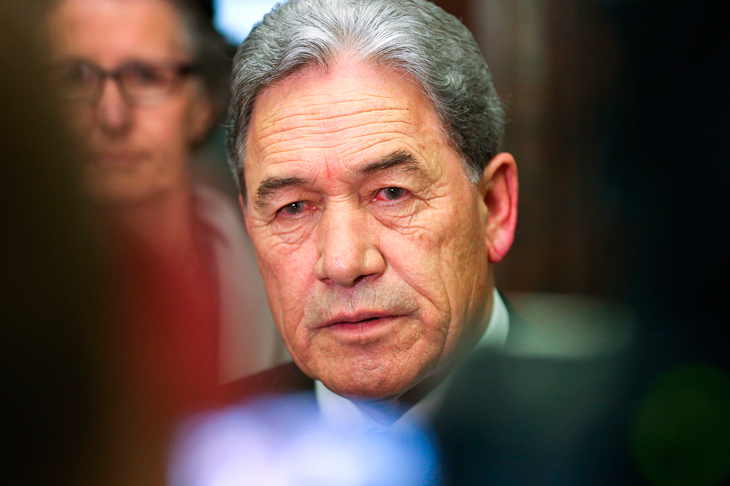
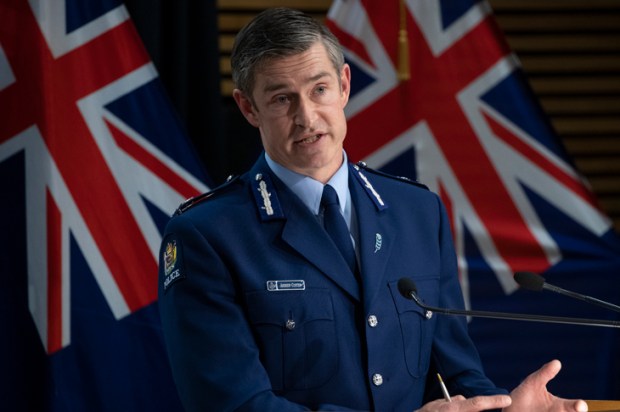

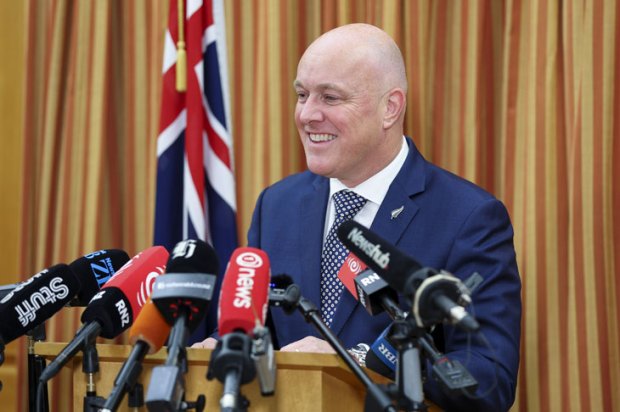
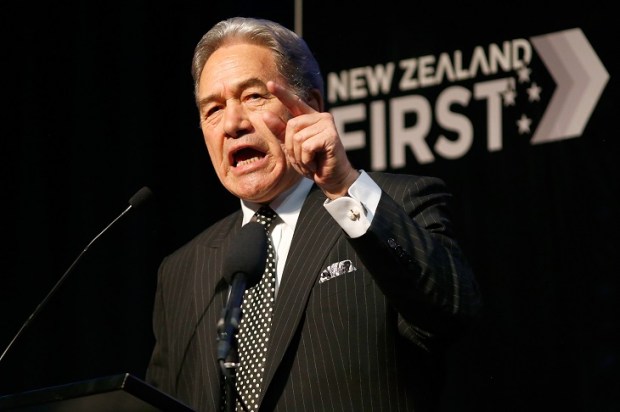

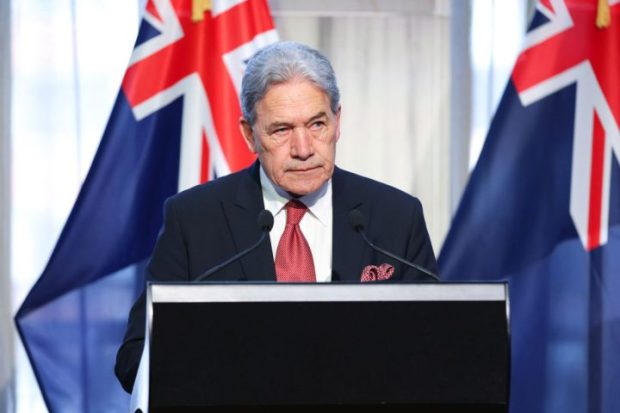






Comments
Don't miss out
Join the conversation with other Spectator Australia readers. Subscribe to leave a comment.
SUBSCRIBEAlready a subscriber? Log in